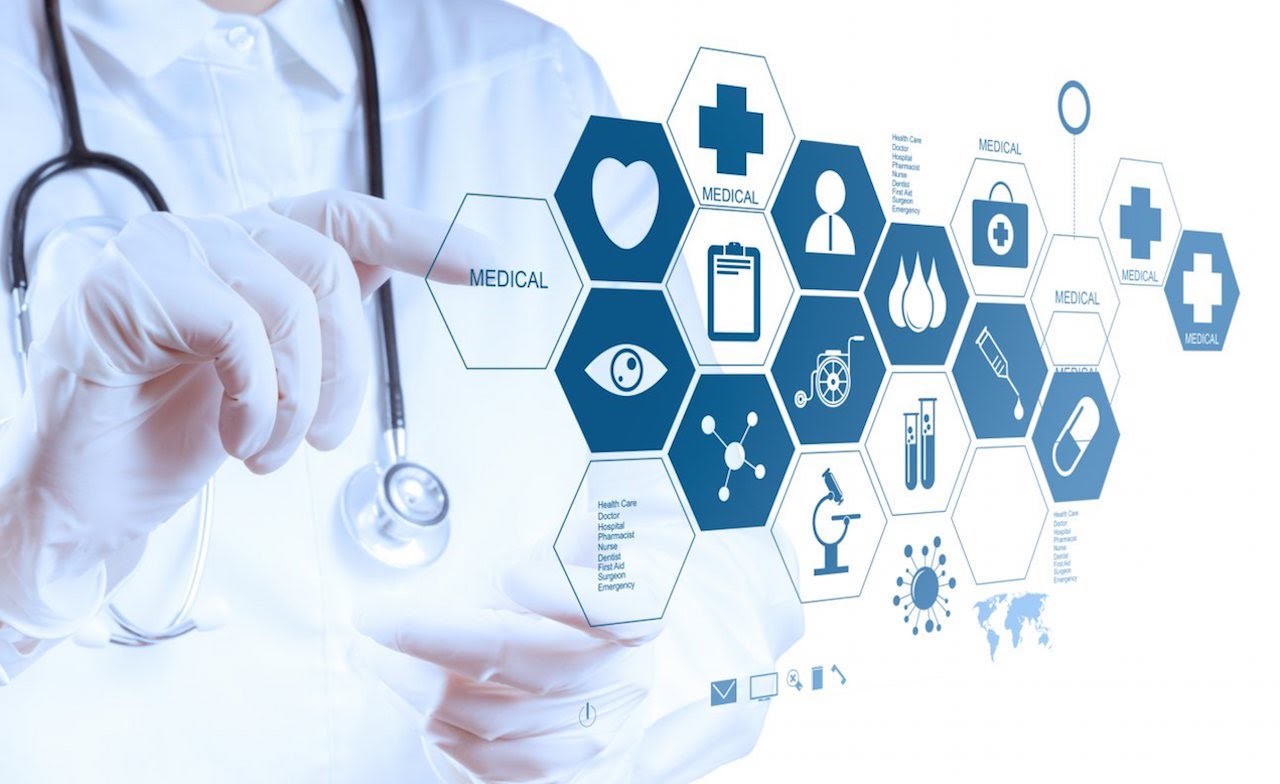How Technology Promotes Healthy Lifestyle
Technology has taken all aspects of our lives by storm. It has been the key driver of the seismic changes witnessed in the healthcare industry. In the last four decades, advances in medicine have helped increase our average lifespan by over 10 years. Technology is continually developing and dramatically improving the quality of life of millions. Here’s a closer look at how the technological advances can help you live healthier.
Mobile Apps
 Nowadays, it seems there’s an app for just about anything, and health is no exception. There are more than 150,000 health and wellness mobile applications. New ones also keep popping up for both Android and iPhone users.
Nowadays, it seems there’s an app for just about anything, and health is no exception. There are more than 150,000 health and wellness mobile applications. New ones also keep popping up for both Android and iPhone users.
Today the apps design companies are hired to have tailored apps to meet nearly every need of lifestyle. For example, there are fitness apps, diet tracking apps, home workout apps, and period-tracking apps for women, just to mention a few. Above all, some of these apps are available for free download, meaning you don’t have to spend any money to use technology to boost your health and well-being.
A study conducted on 10,000 uninsured patients at the University of Kentucky Center for Rural Health found that use of mobile health apps reduced emergency room visits by 87 percent, hospitalizations by 92 percent, and healthcare costs by 80 percent. Majority of health app users — 96 percent to be precise — believe these apps are helping them improve the quality of their lives.
Wearable Trackers
Wearable devices allow you to take an active role in your health. You can wear them on the wrist, head, chest, waist, arm, or even shoe.
Wearables keep track of your activity levels, making it easier for you to assess historical data about your lifestyle and report data to your doctor. Their settings differ from device to device. Some are designed to count your steps whereas others measure calories burned, monitor heart rate, or track sleep patterns. Many of these devices work in conjunction with smartphone apps.
Wearables also allow you to customize goals, for example, walking at least 10,000 steps each day. By showing you how far or close you are to achieving your goals, these devices encourage you to work harder to meet them and live a more fulfilling life.
In general, wearable trackers aim to improve your physical activity levels as well as your overall lifestyle. You can get many of them for less than $200.
Telemedicine
 Telemedicine refers to methods that advance healthcare through telecommunication technologies. It involves availing patient services over the phone, email, live video and other wireless means. This is helpful in situations where getting to a doctor is difficult, for example, when you’re extremely sick, have ongoing health issues, or you’ve traveled to a rural area.
Telemedicine refers to methods that advance healthcare through telecommunication technologies. It involves availing patient services over the phone, email, live video and other wireless means. This is helpful in situations where getting to a doctor is difficult, for example, when you’re extremely sick, have ongoing health issues, or you’ve traveled to a rural area.
Telemedicine benefits patients and healthcare professions alike. Some of the benefits it offers include:
- Easier access to healthcare providers, particularly in rural areas
- Better patient health outcomes
- Lower hospital readmissions
- Improved healthcare professional/patient collaboration
- Cost efficiencies for health providers and patients
- Increased patient satisfaction
- Better quality of healthcare
According to a study by the Alliance for Connected Care, telemedicine services can save as much as $100 per doctor visit. Another study that was published in the CHEST journal found that patients in ICUs with telemedicine services had a 26 percent lower mortality rate and were discharged 20 percent faster than those in traditional ICUs.
According to Arizona State University findings, 75.2 percent of nurses claim that telemedicine has made their work easier. Only 16 percent of patients would go to an ER to have minor ailments treated if they could access telemedicine services instead.
Innovative Medical Devices
Thanks to technology, we have devices that help dysfunctional body organs work as they should. A pacemaker sends an electrical current into the heart to prevent it from having spasms. That helps the heart pump normally, making the device a lifesaver for patients with heart disease. It can also send data to health centers remotely.
Bypass machines sustain the health of an organ while a patient awaits a transplant. During surgeries, they help other organs work properly to ensure patients have fully healthy lives afterwards.
Without these medical devices, patients would live shorter lives.
Gene Mapping
This technological advancement helps predict health conditions you’re likely to suffer. A doctor can look at your genes and determine if you’re at risk of developing certain conditions. You can then go ahead and take the necessary preventive measures as opposed to waiting for the manifestation of early symptoms. Angelina Jolie, for instance, had a mastectomy after learning she was highly likely to develop breast cancer.
There are numerous tools to track your health and any symptoms easily, help you make lifestyle changes, track your progress, treat health problems early, and undergo life-saving procedures. With technology getting smarter, you’ll continue to have more ways to lead a healthy, more joyful, fulfilling life.




